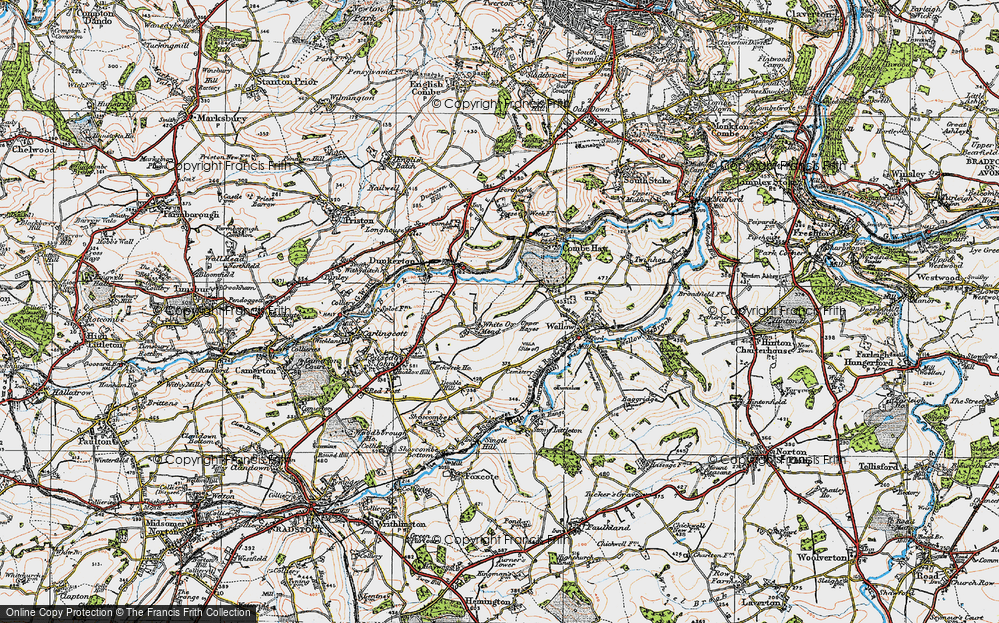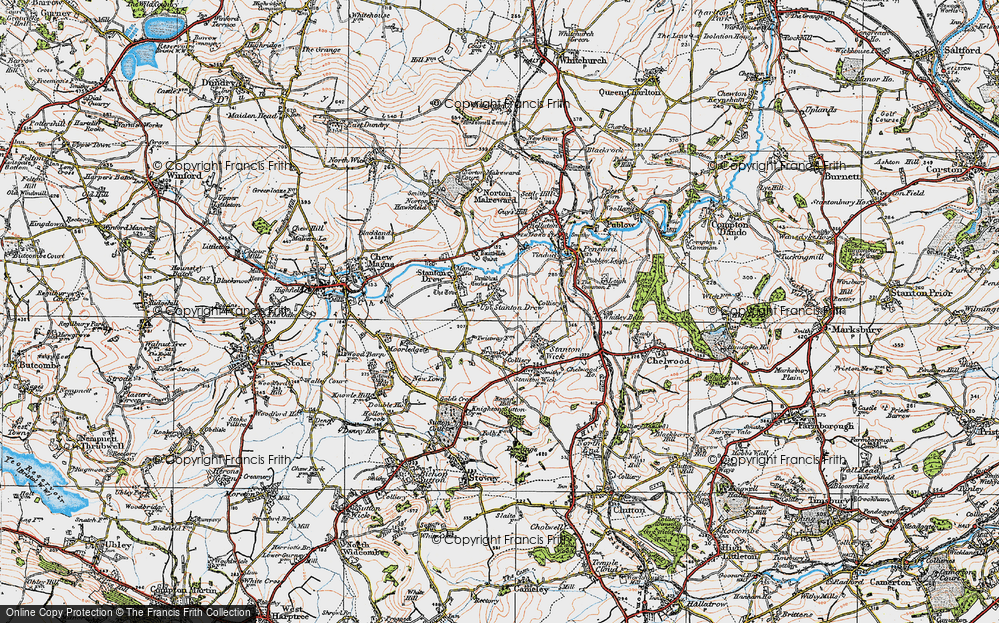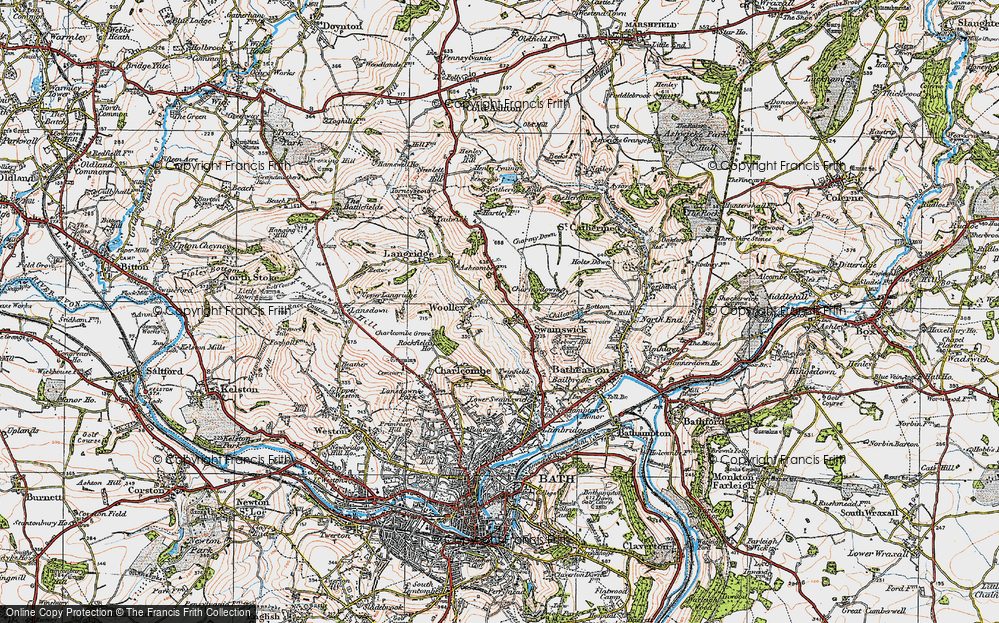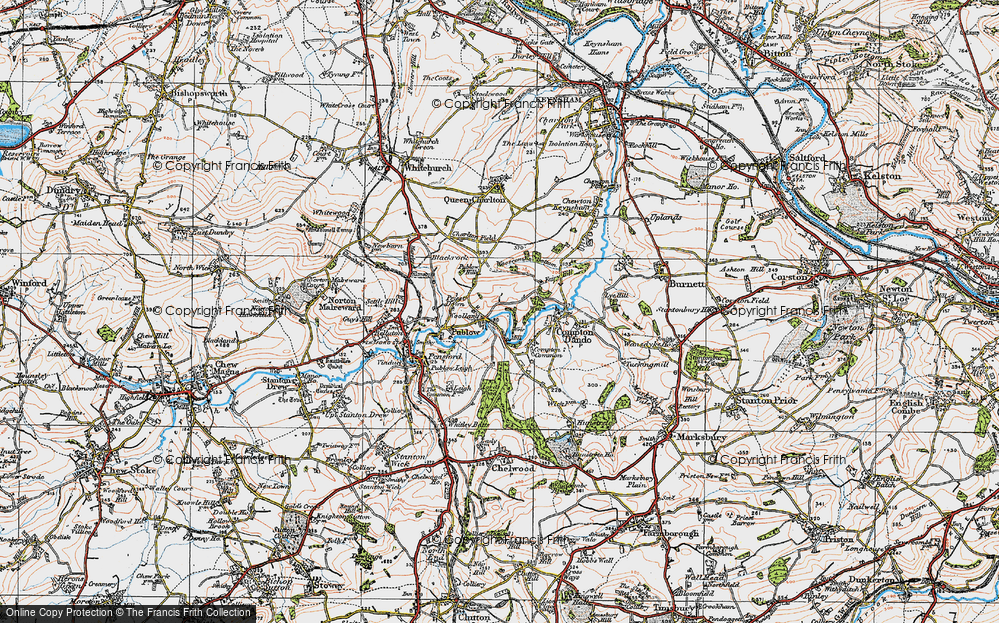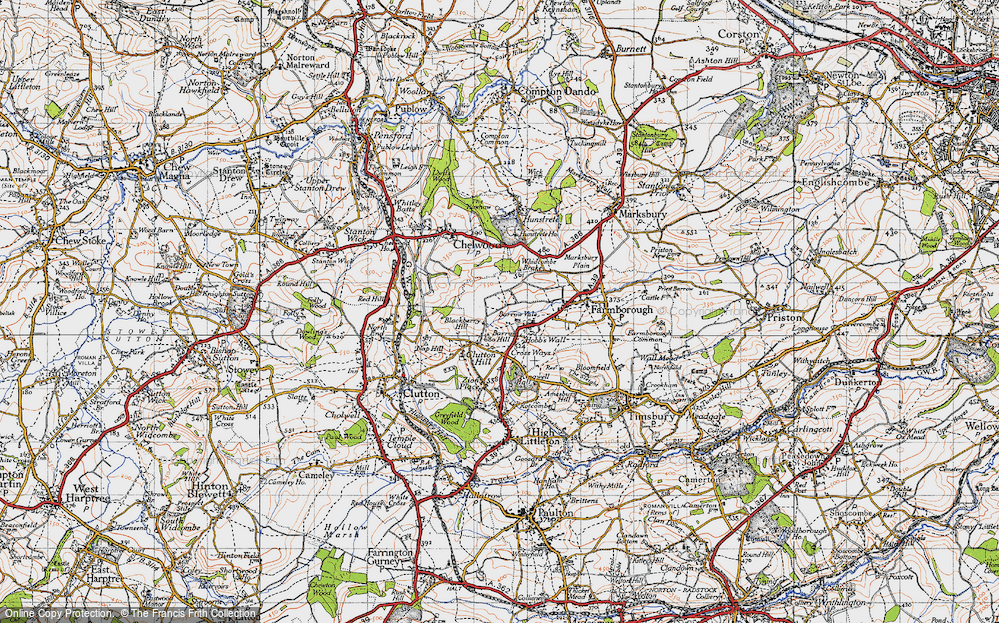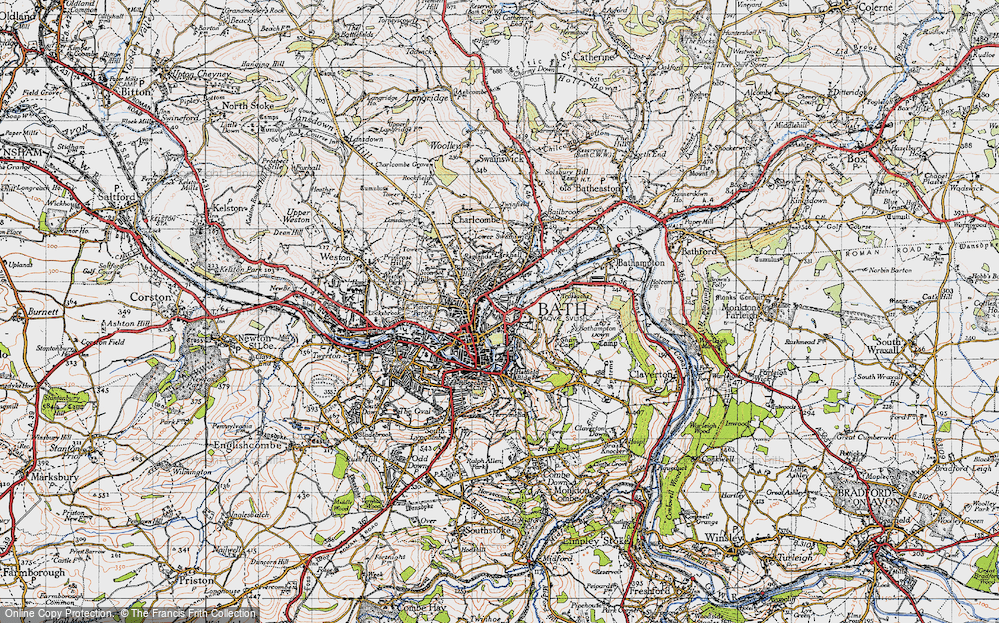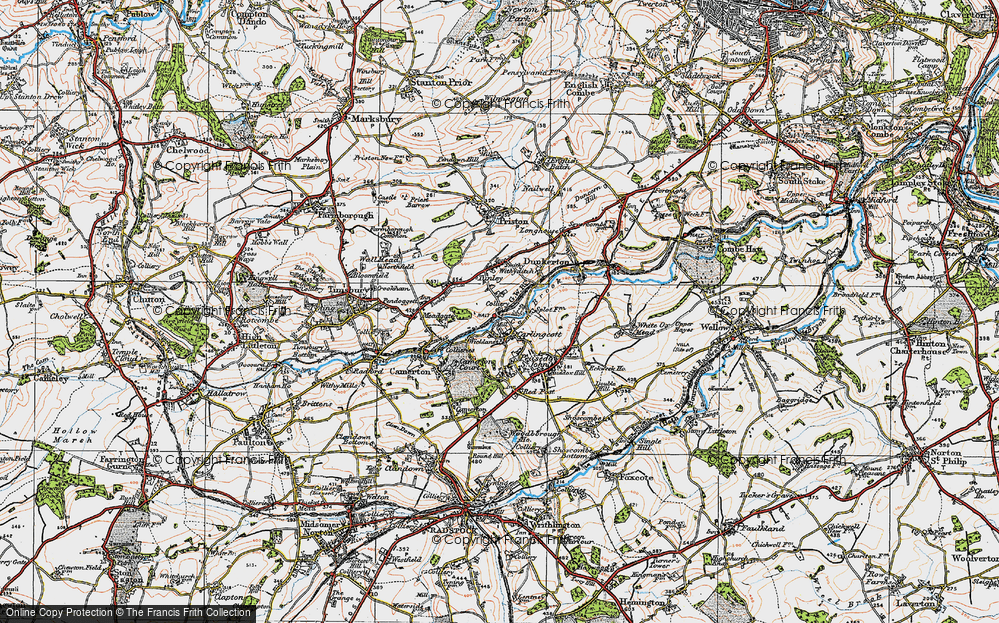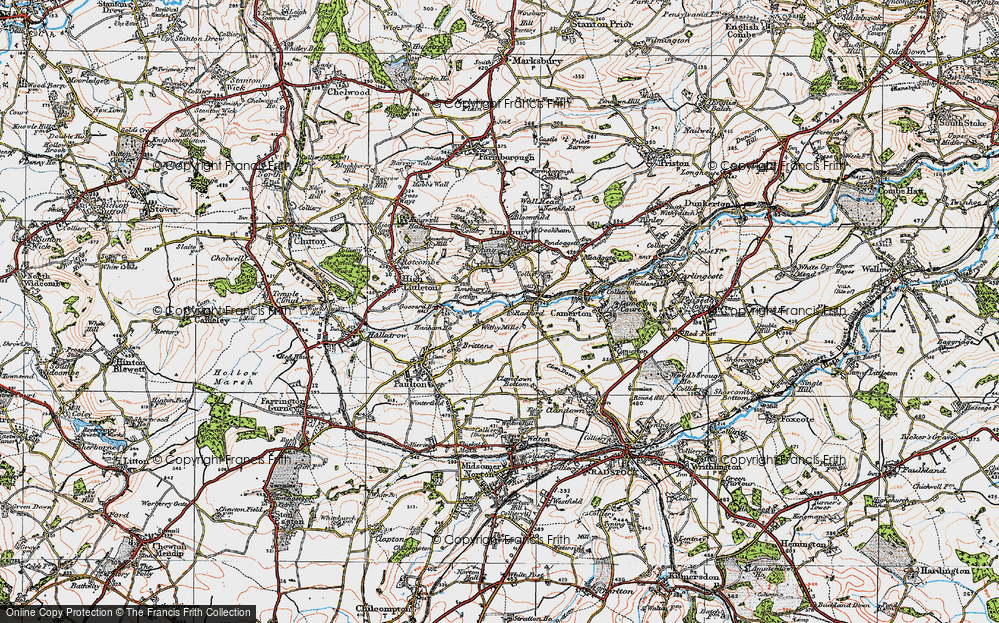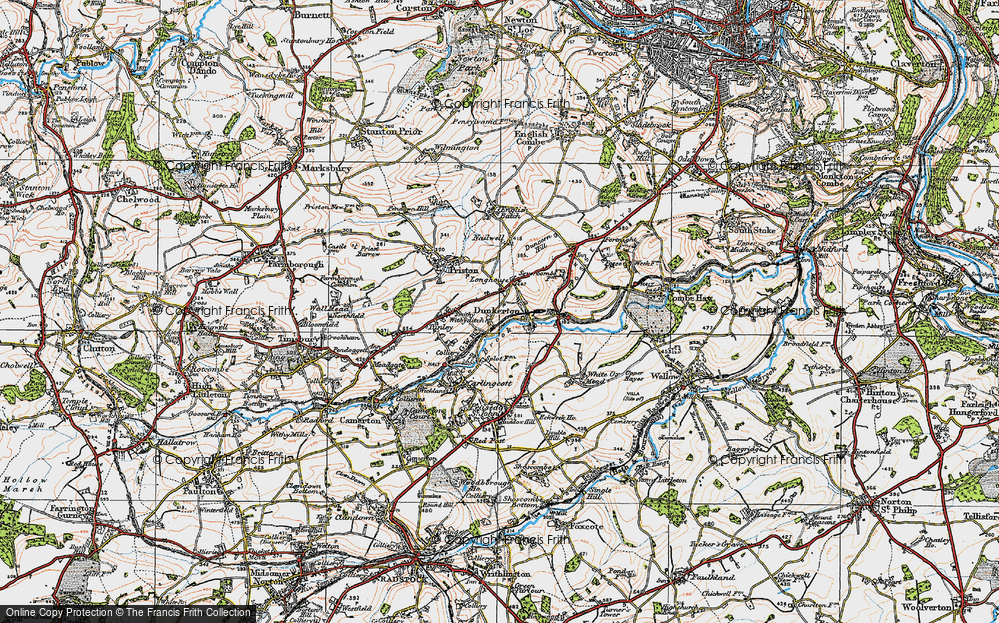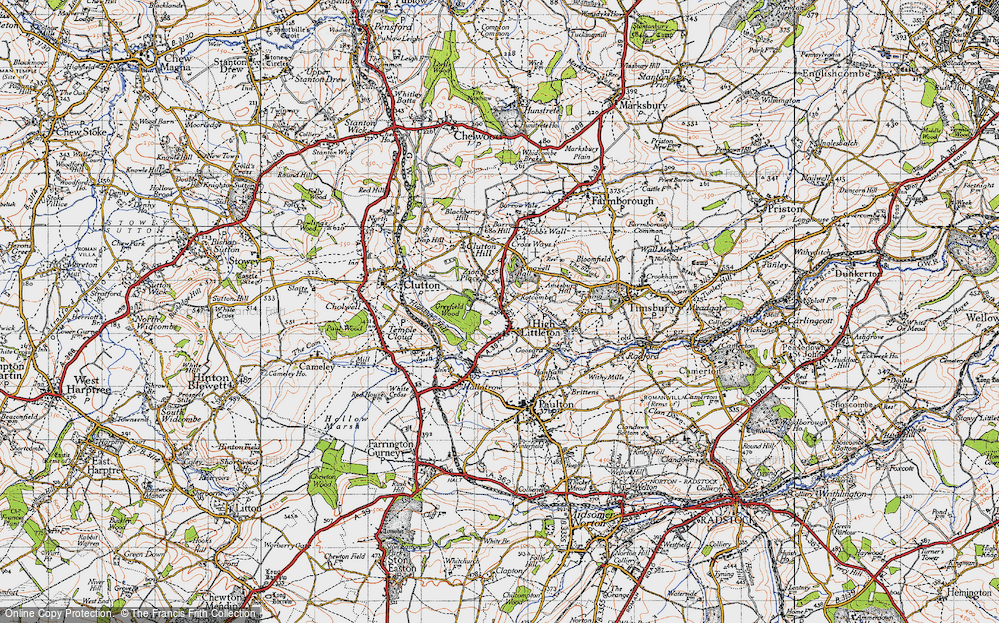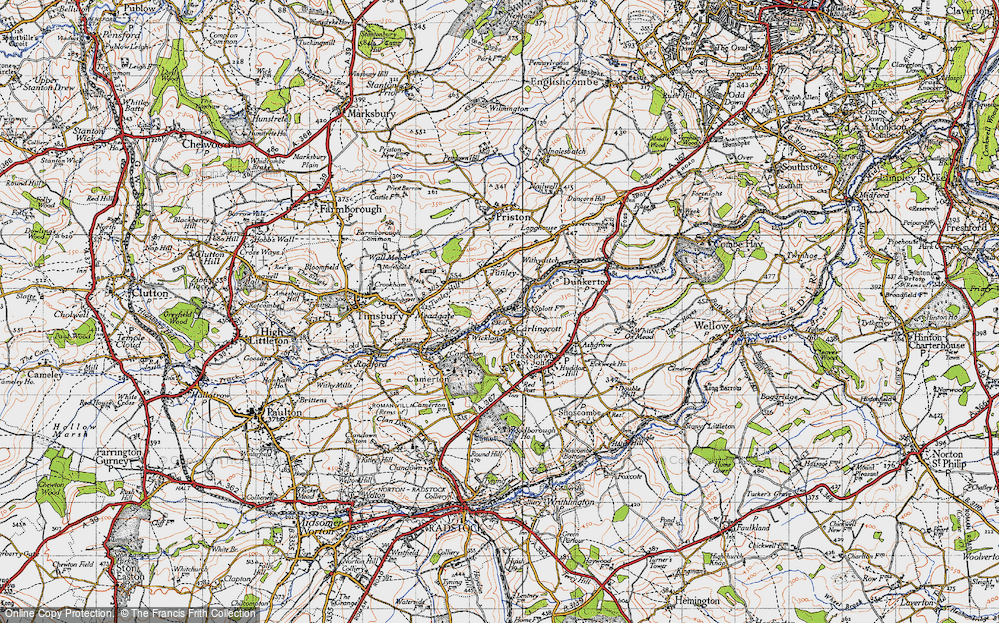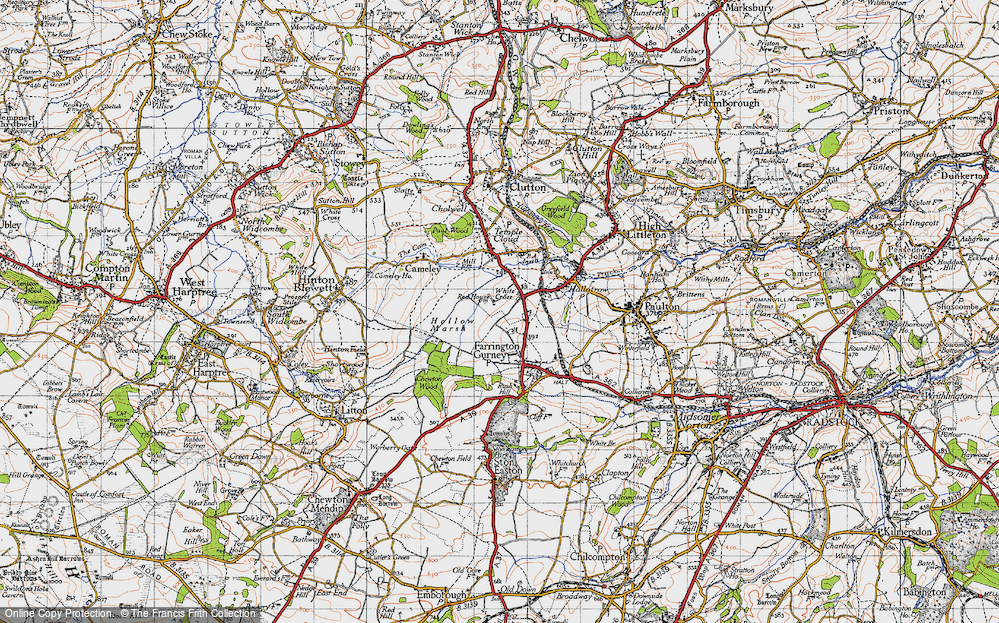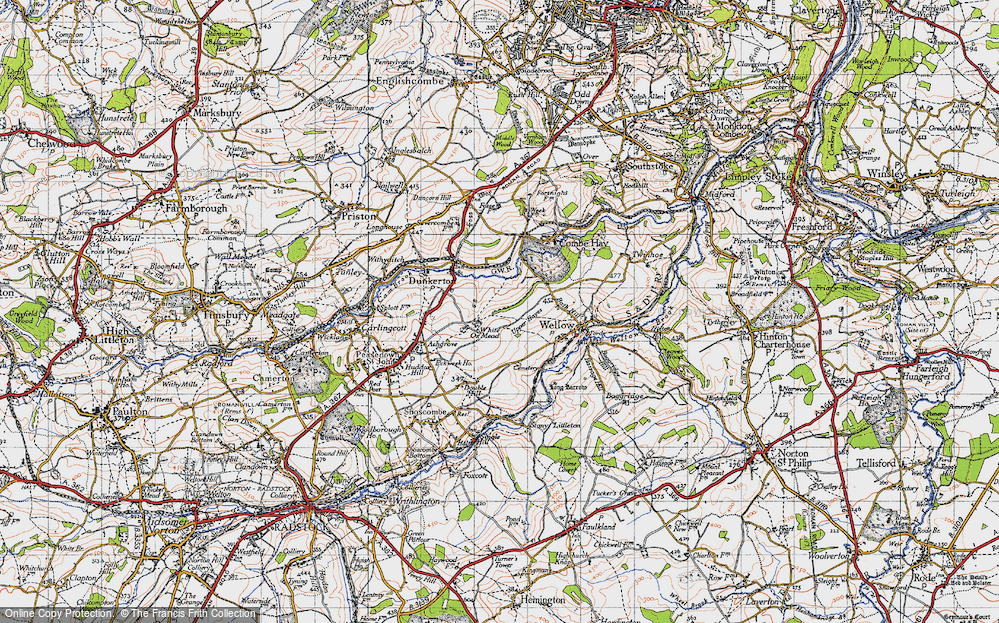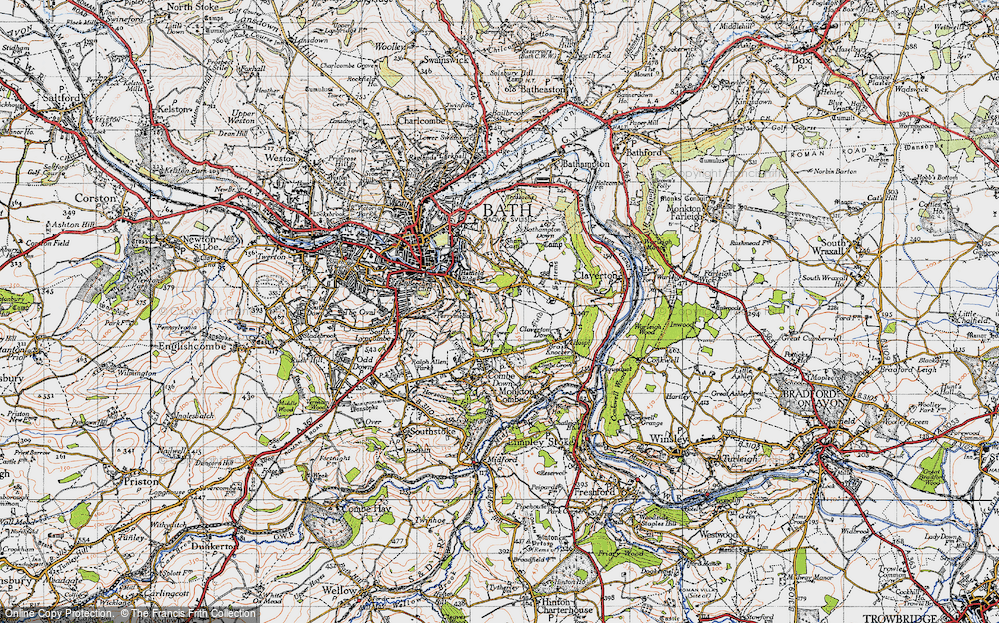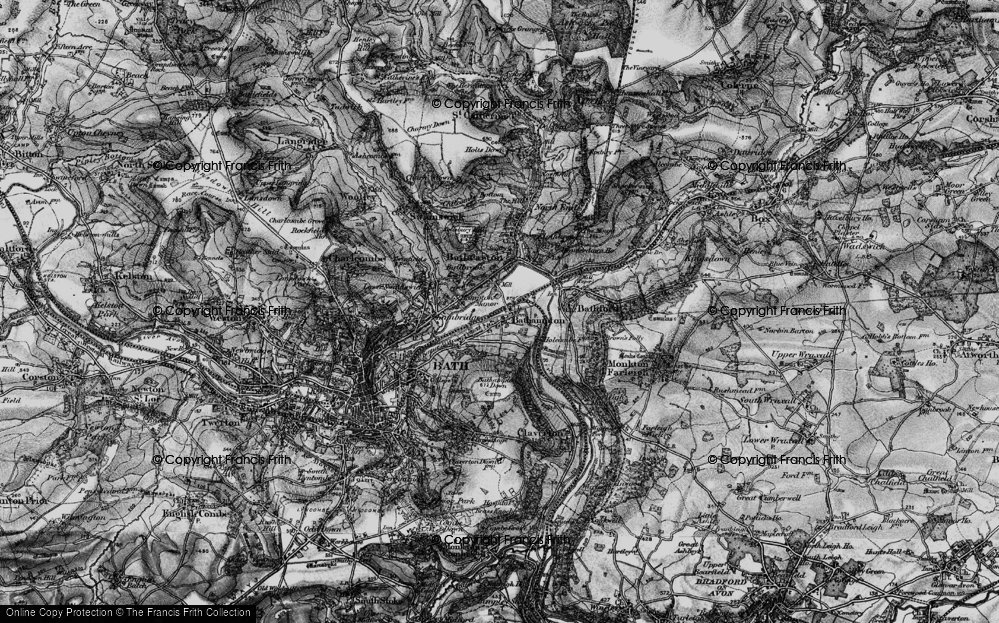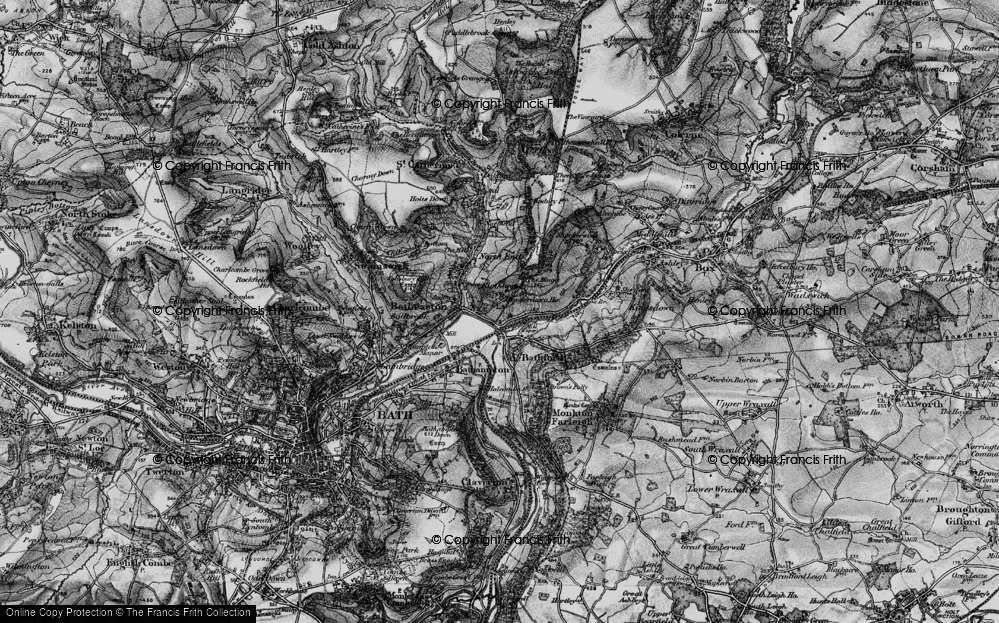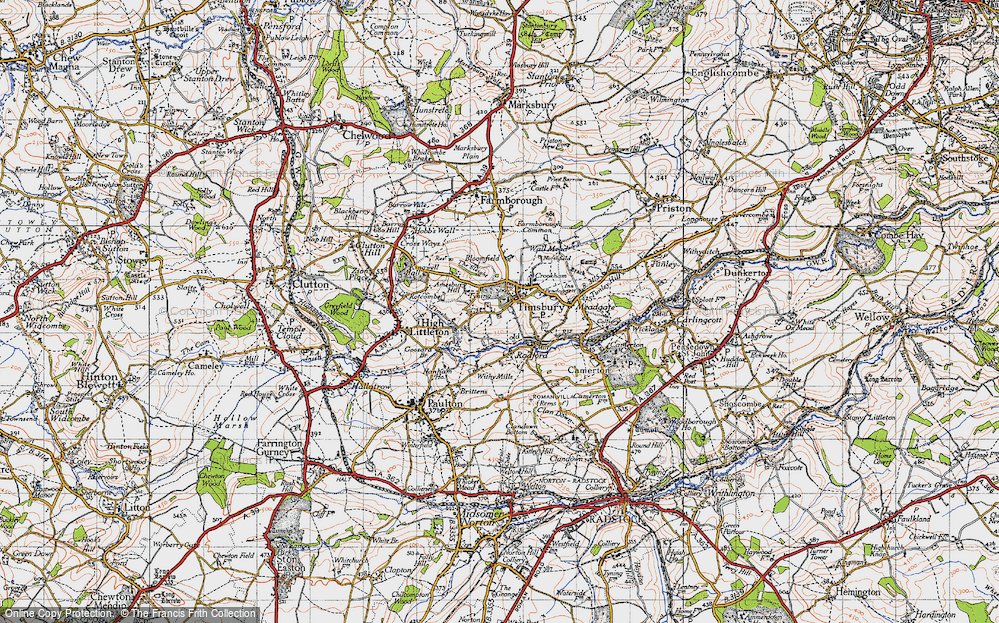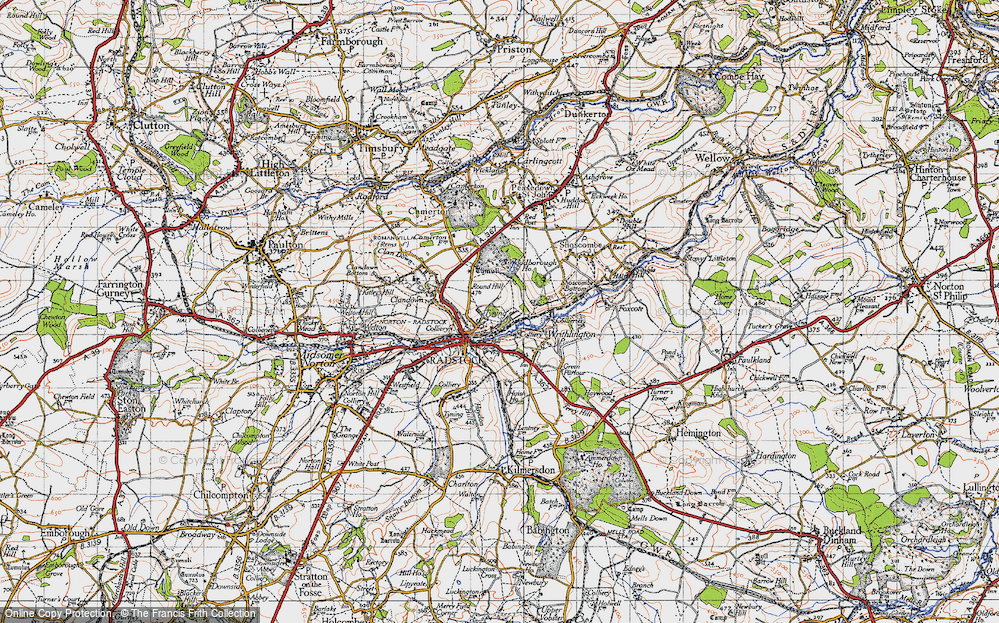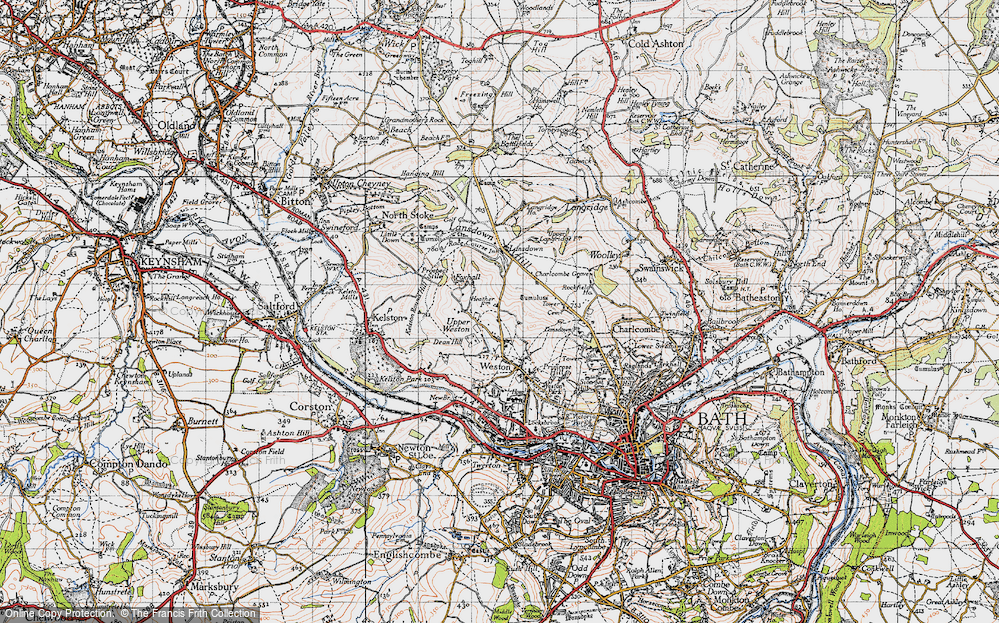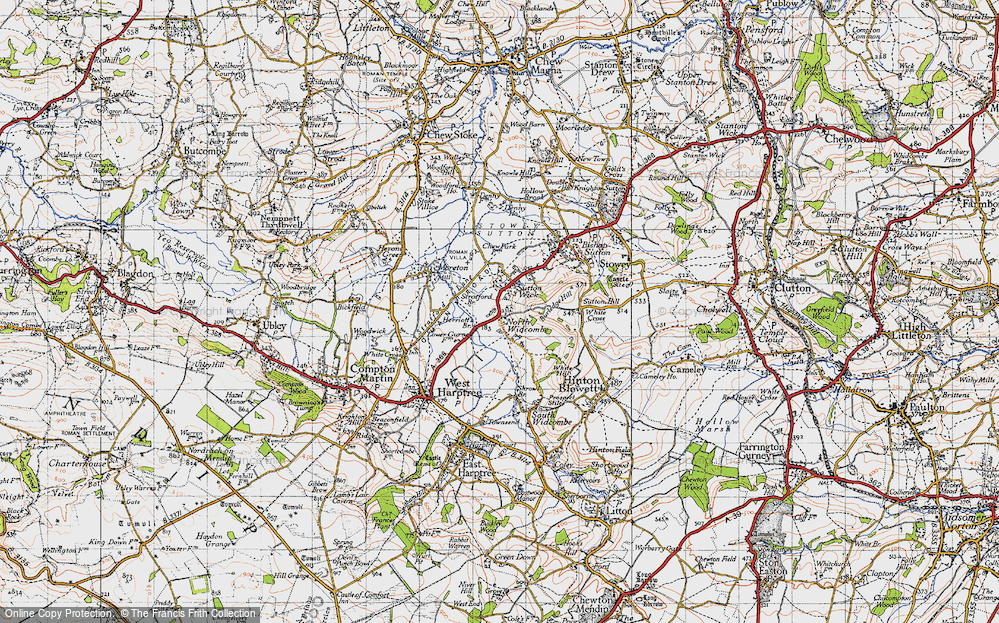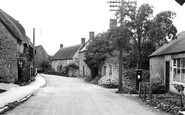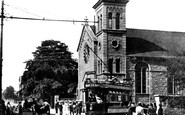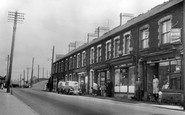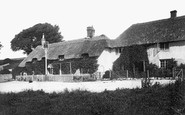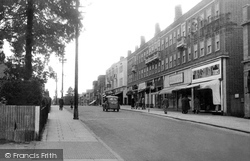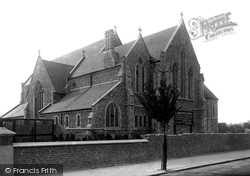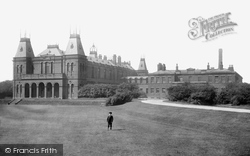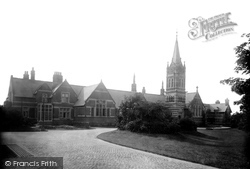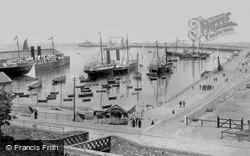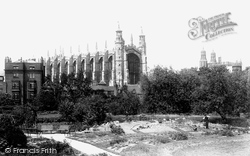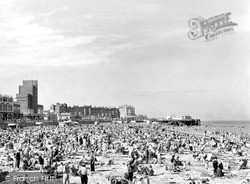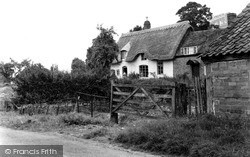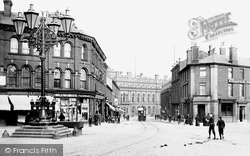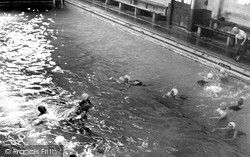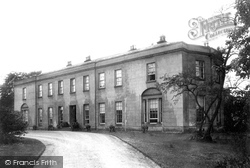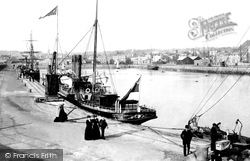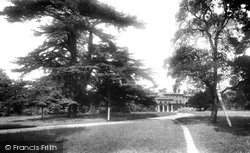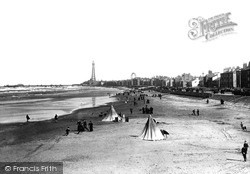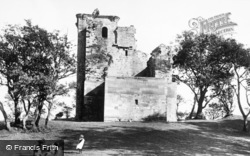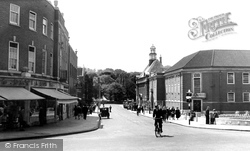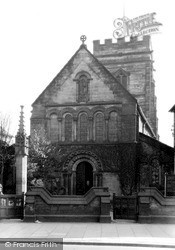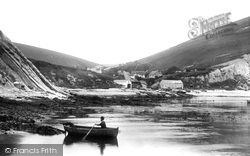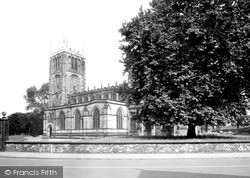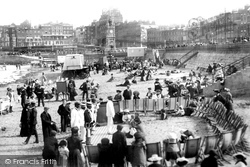Places
Sorry, no places were found that related to your search.
Photos
Sorry, no photos were found that related to your search.
Maps
1,353 maps found.
Books
3 books found. Showing results 1,033 to 3.
Memories
2,048 memories found. Showing results 431 to 440.
The Crabb Family Of Loders
My name is Lois Cunningham and after researching my family history some of which I already knew and a lot of which I didn't - I have managed to trace back my branch of The Crabb Family back to Loders around 1696. My ...Read more
A memory of Loders by
The Coward Bowls
I was caned regularly by Mr Bowls. My mother came to see once and saw the welt marks on the back of my legs and another lad called David Hyde, she went down to his house and tried dragging the matron out, the matron was screaming ...Read more
A memory of Stanhope in 1959 by
The Congregational Church Bath Road Corner
My great-grandfather Joseph Williams, a Swindon builder, built this church in 1886. Joseph and his wife Sarah were also heavily involved in the services at this church. Joseph was a lay preacher and was ...Read more
A memory of Swindon in 1860 by
The Coastguards Cottages
I remember the coastguards cotteges at the bottom of Mariner's Road. They were on my way to school. When they were demolished, I was about seven years of age and my friends and i would play in the foundations which ...Read more
A memory of Blundellsands by
The Coastguards Cottages
I remember the coastguards cotteges at the bottom of Mariner's Road. They were on my way to school. When they were demolished, I was about seven years of age and my friends and i would play in the foundations which ...Read more
A memory of Blundellsands by
The Co Op In Conway Street Corner Of Cathcart Street
My first job when I left school (St Hughes, Park Road South) at 15 was in this shop. I was there for 3 years, until I left for bigger money at Levers. The manager was Jack Francis, a decent ...Read more
A memory of Birkenhead in 1961 by
The Cluntergate Man
This old bloke used to haul this massive horse-wagon up Cluntergate, on a regular basis. I mean Cluntergate was this hill... 1 in 12 about... and this bloke used to haul this massive horse-drawn wagon up to the top and beyond. ...Read more
A memory of Horbury by
The Chocolate Box
My earliest memory of Emsworth was a sweet shop called The Chocolate Box in the Square, Emsworth (now Heidi's). It was owned by my grandfather Bertie Holland from 1924. It was later taken over by his daughter and son-in-law, Jim ...Read more
A memory of Emsworth by
The Charles Family Home At 39 Cwm Road.
39 Cwm Road in 1946 The family home, at 39 Cwm Road, was on the ‘cellar side’, which was deemed to be an advantage, since the houses were three-storeyed and sported an extra kitchen, scullery and pantry, ...Read more
A memory of Waun Lwyd in 1946 by
The Castle Inn At Lulworth
I worked as the kitchen porter at The Castle Inn, Lulworth in 1966. I was nineteen years old and thought it would be good to spend the summer by the coast. As I thought of myself as a bit of an artist I would have ...Read more
A memory of Lulworth Camp in 1966 by
Captions
1,059 captions found. Showing results 1,033 to 1,056.
Sir Henry Price and the Fifty Shilling Tailors A branch of the Fifty Shilling Tailors stands on the right of the parade of shops in this photograph.
Although the Gothic style flint and Bath stone cruciform church was completed in 1886, it was not consecrated until 1888 due to strong and often bitter opposition from the rector of Broadwater and
The Infirmary was opened in 1870, funded with the money left by Edmund Harris, and in 1884 a Children's Ward had been opened.
The Harris Orphanage opened in 1888 after £100,000 was set aside by the Trustees of the Harris Estate to build and equip such an establishment.
Kingstown was the Irish terminal of the City of Dublin Steam Packet Co, who successfully operated the mail service between Holyhead and Dublin for several decades.
The charter was signed on 11 October 1440, and he laid the foundation stone on Passion Sunday 1441. Thomas Bekynton celebrated his first mass as Bishop of Bath and Wells on 13 October 1443.
The sands are still crowded but postwar society has brought a marked change to our seaside resorts.
Gloucester has the gravitas befitting a city that has been an important crossing point on the Severn since time long gone, and has played a significant role in the drama of British history for
The shops behind the big lamp in the centre of the road are interesting. Next to the draper's shop on the left is Walmsley's Stationers and Bookshop.
Joseph Cranstone's iron works produced two fire engines, one for the Volunteer Fire Brigade and the other for the Phoenix Assurance Company.
Before the opening of the swimming baths, the townspeople had only the open-air pool in Moor Lane. That was certainly well used, sometimes by as many as 1,000 people.
the Knutsford to Macclesfield road.
They were to be the first triple-expansion twin-screw packets to operate scheduled services in the English Channel.
The people of Weybridge held a meeting in June 1895 to decide on a suitable memorial for Mr Yool, and the first suggestion was to build a technical institute to be named after him.
By the time the railway arrived in Blackpool in 1846, the town was already a resort attracting several thousand visitors a year. Baileys Hotel, later the Metropole, had opened in 1776.
THE MAIN EAST-WEST thoroughfare in Bearsden, one of Glasgow's northern suburbs, is named Roman Road, for it follows the line of a roadway constructed by the Romans in AD 142 along the south side
Other notable changes in town before the Second World War were the straightening of Marlow Hill in 1936, which involved demolishing buildings on the left side of the road south of St Mary's Street
The church contains numerous items of interest; the stained glass windows are particularly fine.
The church contains numerous items of interest; the stained glass windows are particularly fine.
AT LAST he [Troy] reached the summit, and a wide and novel prospect burst upon him with an effect almost like that of the Paci?c on Balboa's gaze.
In the 19th century the church was heavily 'restored and improved in a hearty manner' by Sir George Gilbert Scott, a nationally famous architect, but the building still retains its medieval appearance
Today, it is hard to understand why people would choose to work such long hours in often terrible conditions, but with the national population growing, unskilled factory work seemed to offer the
I wonder what he would have made of the appearance of the submarines captured from the Germans that were towed up Fareham Lake to be broken up during both wars.
By the mid-19th century visitors demanded more in the way of leisure activities and amusement.
Places (0)
Photos (0)
Memories (2048)
Books (3)
Maps (1353)


